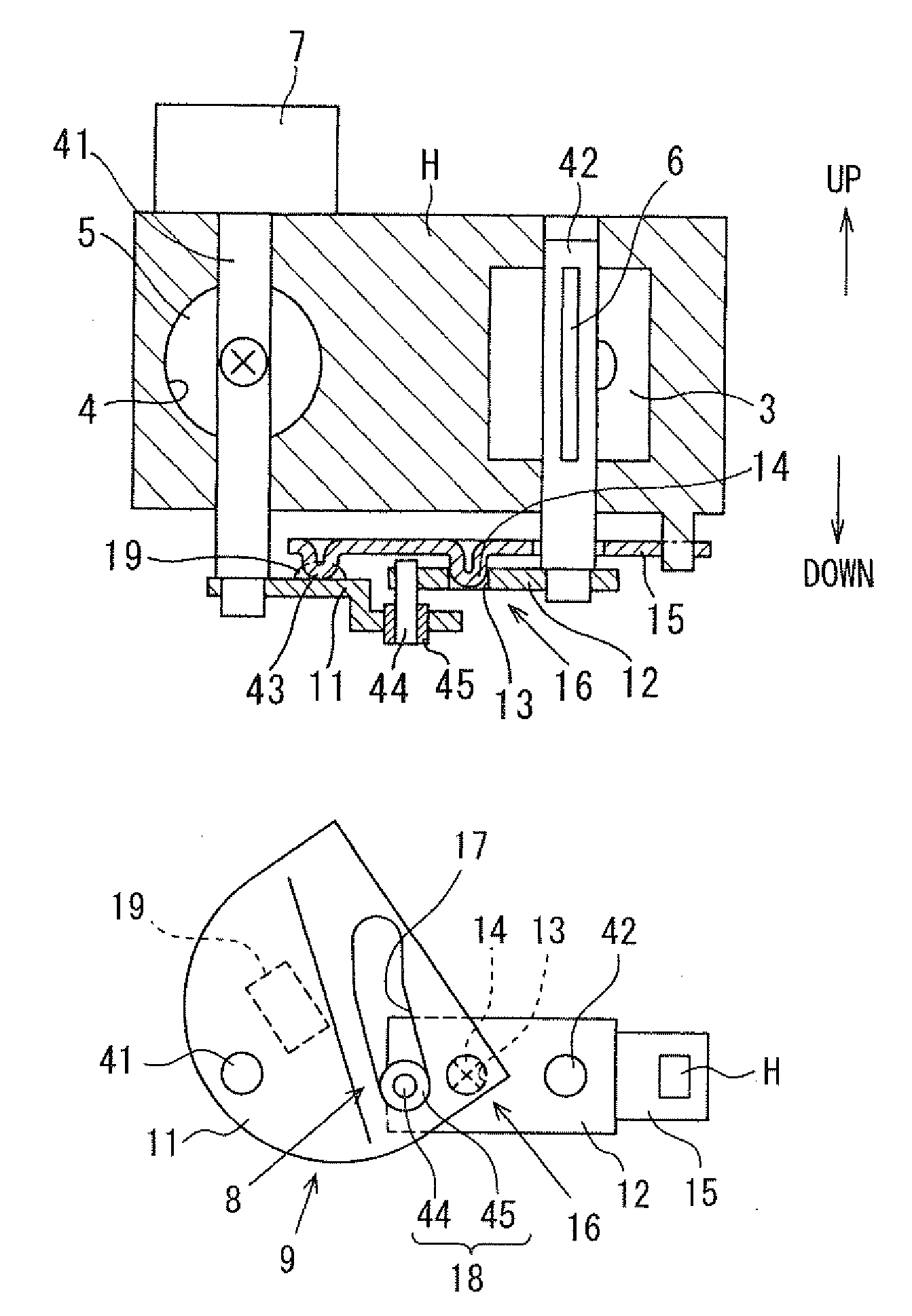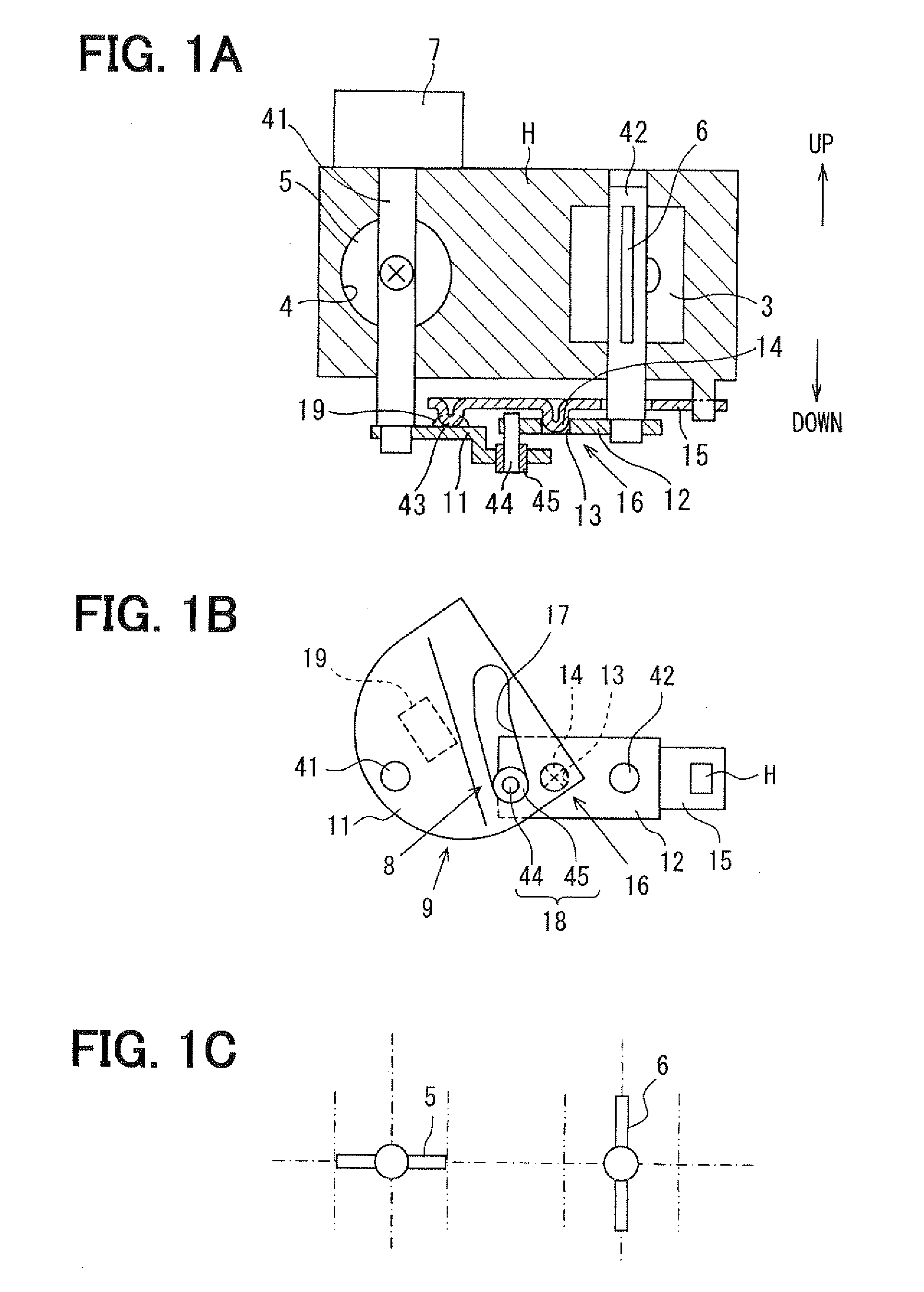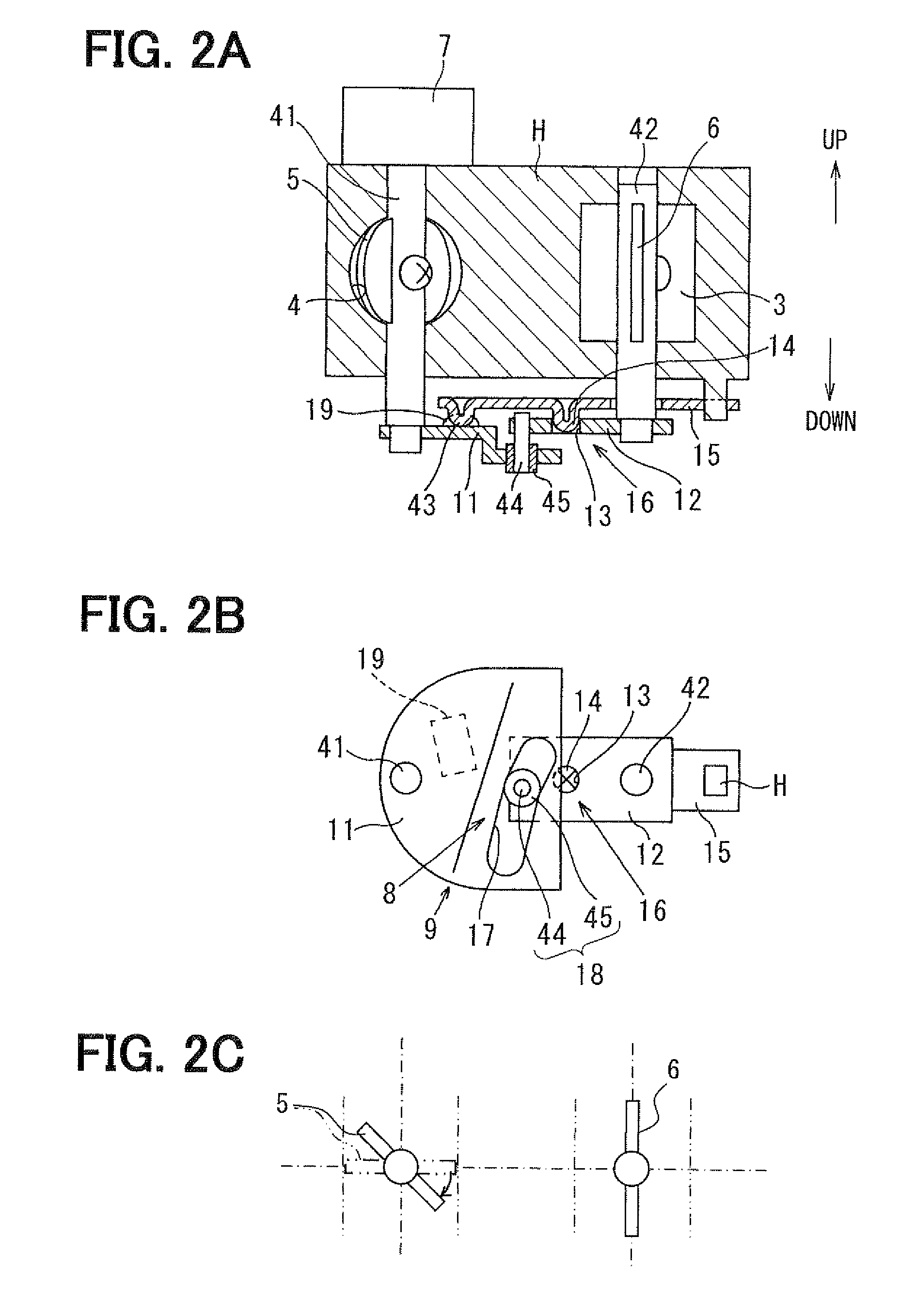Low pressure egr apparatus
a low-pressure egr and apparatus technology, applied in mechanical apparatus, operating means/release devices of valves, machines/engines, etc., can solve the problems of not being able to meet the requirements of low-pressure egr apparatus, difficult for low-pressure egr apparatus b>1/b> to re-circulate large, and not being able to achieve such low-density egr gas density
- Summary
- Abstract
- Description
- Claims
- Application Information
AI Technical Summary
Benefits of technology
Problems solved by technology
Method used
Image
Examples
second embodiment
[0132]A second embodiment of the invention will be explained with reference to FIGS. 8A to 8D and FIG. 9. In the drawing, the same reference numerals are used to the same or similar components and / or portions of the first embodiment.
[0133]The second embodiment relates to a modification of the control program carried out by the ECU. More exactly, the second embodiment relates to the control program for the operating mode of high EGR density, in which the larger amount of the EGR gas is re-circulated into the engine 2 via the L-P EGR apparatus 1.
[0134]According to the control program for high-pressure and / or low-pressure EGR amount, the EGR amount is controlled depending on the opening degree of the intake-air valve 6 from its maximum valve opening position (to the valve closing direction) as well as the opening degree of the L-P EGR control valve 5 from its maximum valve closing position (to the valve opening direction).
[0135]An example will be explained with reference to FIGS. 8A to...
third embodiment
[0156]A third embodiment will be explained with reference to FIGS. 10A to 10C.
[0157]FIG. 10A corresponds to FIG. 1A and a portion encircled in FIG. 10A is shown in FIG. 102 in an enlarged scale. As already explained, the sliding end portion 43 is integrally formed with the lever 15 according to the first embodiment. More exactly, the sliding end portion 43 is formed at the forward end of the lever 15 in such a way that it is formed in a hemispherical protrusion protruding in the downward direction toward the cam plate 11.
[0158]According to the third embodiment, as shown in FIG. 10C, a ball 46 is used as the sliding end portion 43. More exactly, a hemispherical projection 47 is formed at the forward end of the lever 15, which is projected in the upward direction (in the direction opposite to the cam plate 11), and the ball 46 is rotatably arranged in an inside of the projection 47 so that the ball 46 forms the sliding end portion 43.
[0159]As a result, contact resistance between the c...
fourth embodiment
[0160]A fourth embodiment of the invention will be explained with reference to FIG. 11.
[0161]According to the first embodiment, the lock pin 14 is integrally formed in the lever 15. More exactly, the lock pin 14 is formed at the intermediate portion of the lever 15 in a semi-spherical shape in such a way that the part of the spring material for the lever 15 is downwardly protruded (to a side of the cam plate).
[0162]According to the fourth embodiment, the lock pin 14 is made as a separate member and fixed to the lever 15.
PUM
 Login to View More
Login to View More Abstract
Description
Claims
Application Information
 Login to View More
Login to View More - R&D
- Intellectual Property
- Life Sciences
- Materials
- Tech Scout
- Unparalleled Data Quality
- Higher Quality Content
- 60% Fewer Hallucinations
Browse by: Latest US Patents, China's latest patents, Technical Efficacy Thesaurus, Application Domain, Technology Topic, Popular Technical Reports.
© 2025 PatSnap. All rights reserved.Legal|Privacy policy|Modern Slavery Act Transparency Statement|Sitemap|About US| Contact US: help@patsnap.com



